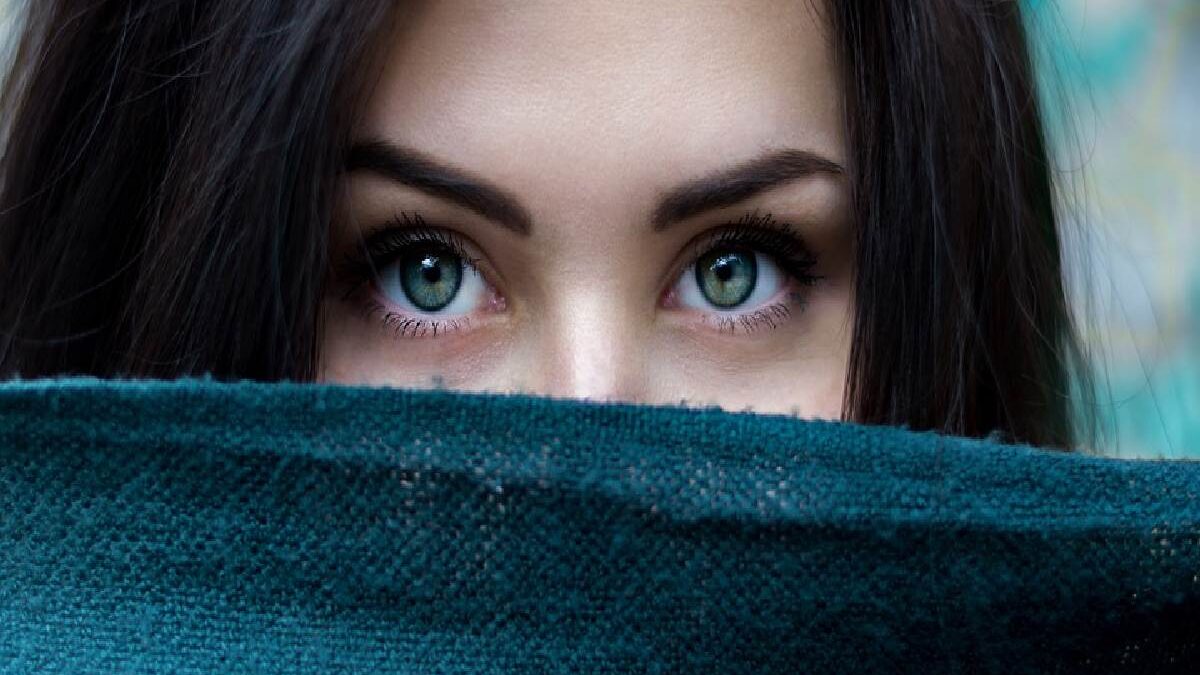How to cure eyelid dermatitis – The skin of the eyelids is a very delicate area that can be affected for different reasons. Dermatitis is one of the pathologies that frequently appear in them, and there are different types of dermatitis on the eyelids and other treatments. Meet them below.
What is atopic dermatitis?
It is a chronic disease that appears on the skin, causing dryness, itching and irritation. This disease is becoming more frequent, mainly affecting babies and children, although more and more adults are suffering from it.
The scalp, the forehead, the area behind the ears and around the eyes are the areas of the body most affected by dermatitis.
Types of eyelid dermatitis
Eyelid dermatitis is an inflammation of the skin around the eyes, which causes periocular irritation and pain. There are different types of eyelid dermatitis.
Seborrheic dermatitis
It is an inflammatory skin condition that causes white or yellowish scales to form in oily areas.
This can cause skin redness in some cases.
It is a disease that usually occurs in adults but can also affect newborn babies.
Eczematous dermatitis
It is a group of skin conditions branded by manifesting lesions such as erythema, vesicles, papules and exudation. Like all types of eczema, the appearance of this problem can be due to dysfunctions of the immune system and stress.
medicinal dermatitis
Drugs can cause this type of eyelid dermatitis with high allergic reactions like streptomycin, dictum, penicillin, etc.
Allergic dermatitis
Using cosmetic products and makeup that cause allergies is one of the most common causes of this type of dermatitis. The dose of product that penetrates the body is shallow. For this reason, the reaction may appear a few days after using these products.
Causes of eyelid dermatitis
The skin of the eyelids is tremendously thin and contains little fat and many blood vessels. This is an area susceptible to irritation and allergic reactions.
When an irritant comes into contact with the eyelids, it can lead to dermatitis. The skin in this area can be easily injured.
Inflammation of the eyelids causes tingling, itching, and burning sensation. In many cases, some symptoms are thickening and inflammation of the eyelids, rash, itching, scales and bumps on the eyelids.
Dermatitis due to allergens
People who suffer from atopic eczema or those who have sensitive skin are more vulnerable to factors that trigger the appearance of dermatitis when in contact with the eyelids.
These can be chemicals in detergents and soaps, chlorine from the pool, eye makeup, etc.
The eyelids are less thick skin than other areas of the face. For this reason, they are very vulnerable to the action of irritating agents and allergens. In addition, it receives a more significant number of external aggressions since its primary function is to protect the eye. With such thin skin, it is easier for inflammation or oedema to occur.
Allergic dermatitis is widespread on the eyelids. The most allergenic element is nickel, which can be present in cosmetics such as eye shadow or pencils, mascara, or even nail polish.
Symptoms of dermatitis in the eyes
Itching and tearing are the most common symptoms. The signs such as dryness and peeling of the skin, erythema and oedema of the eyelid appear.
Other pathologies, such as conjunctivitis, may be associated, and even superficial punctiform erosions in the cornea may be noted.
Also Read: Avocado
Treatment of dermatitis on the eyelids
Avoiding exposure to products that cause allergies is essential. After diagnosing eyelid dermatitis, gentle washings of the affected area should be performed for 7-10 days.
Suppose this treatment of the symptoms is not adequate. In that case, it is necessary to go to the doctor, who will probably prescribe topical corticosteroids or oral antihistamines in the most severe cases.
How to prevent dermatitis around the eyes
To prevent the appearance of eyelid dermatitis, it is recommended to follow some tips:
- Clean the eyes 1 or 2 times daily with hypoallergenic products that respect the skin’s pH.
- Avoid scratching the eyelid area. It is healthier to wash it gently and use soothing moisturisers specifically designed for this area.
- Wash your hands regularly, particularly after being in contact with substances that can cause allergies.
- Avoid sudden and extreme changes in temperature.
- Keep the skin of the eyelids hydrated.
- Wash clothes with neutral soap, avoiding the use of softeners.
- Use makeup and cosmetics recommended for sensitive skin.
Suppose symptoms of dermatitis appear on the eyelids. In that case, it is practical to consult a doctor who will make a correct analysis of the problem and prescribe the appropriate action to eliminate dermatitis from this delicate area.
Suppose you would like information on non-surgical facial rejuvenation treatments. In that case, you can contact our Facial and Periocular Aesthetic Medicine Unit, which has techniques for facial rejuvenation, facial flaccidity and the removal of blemishes.

